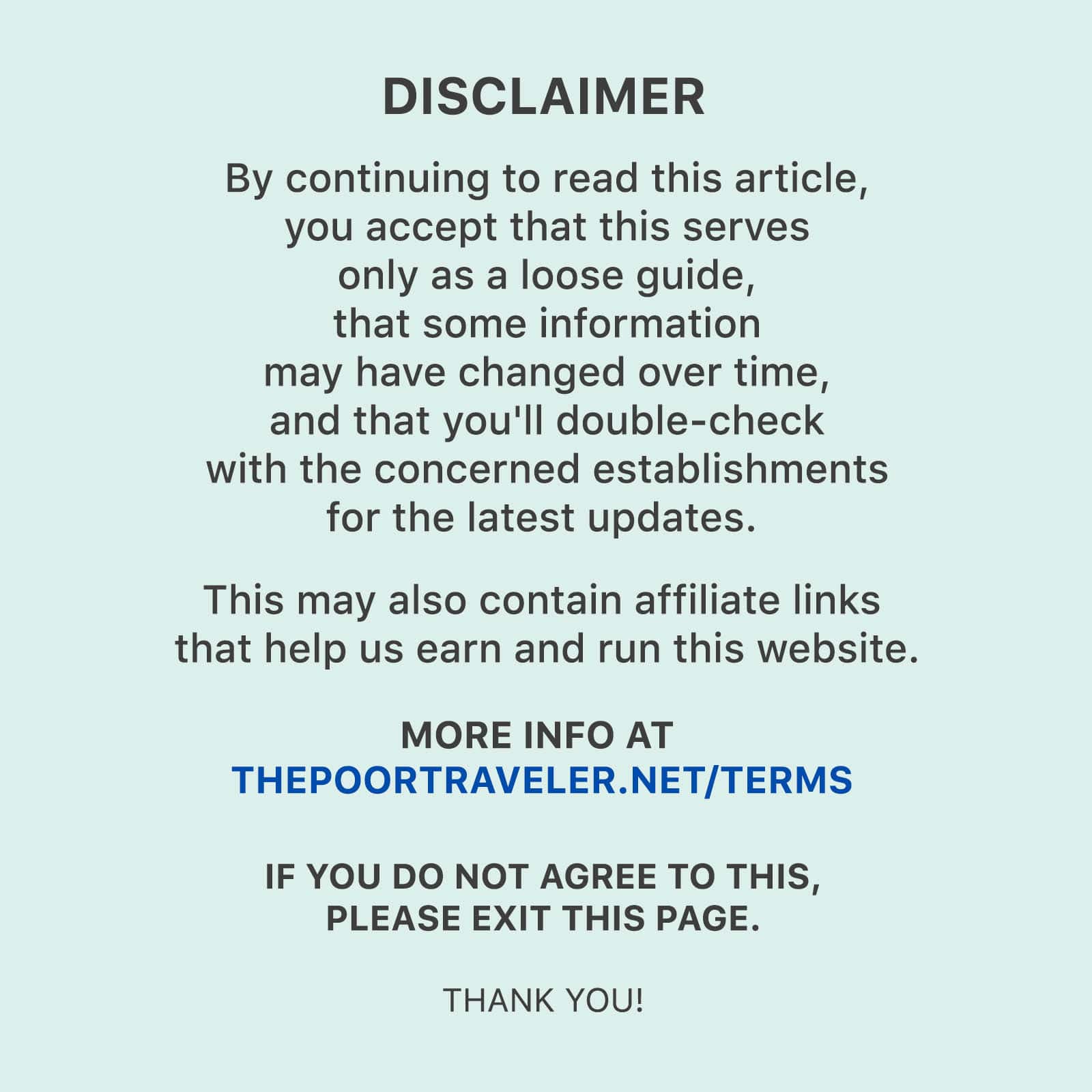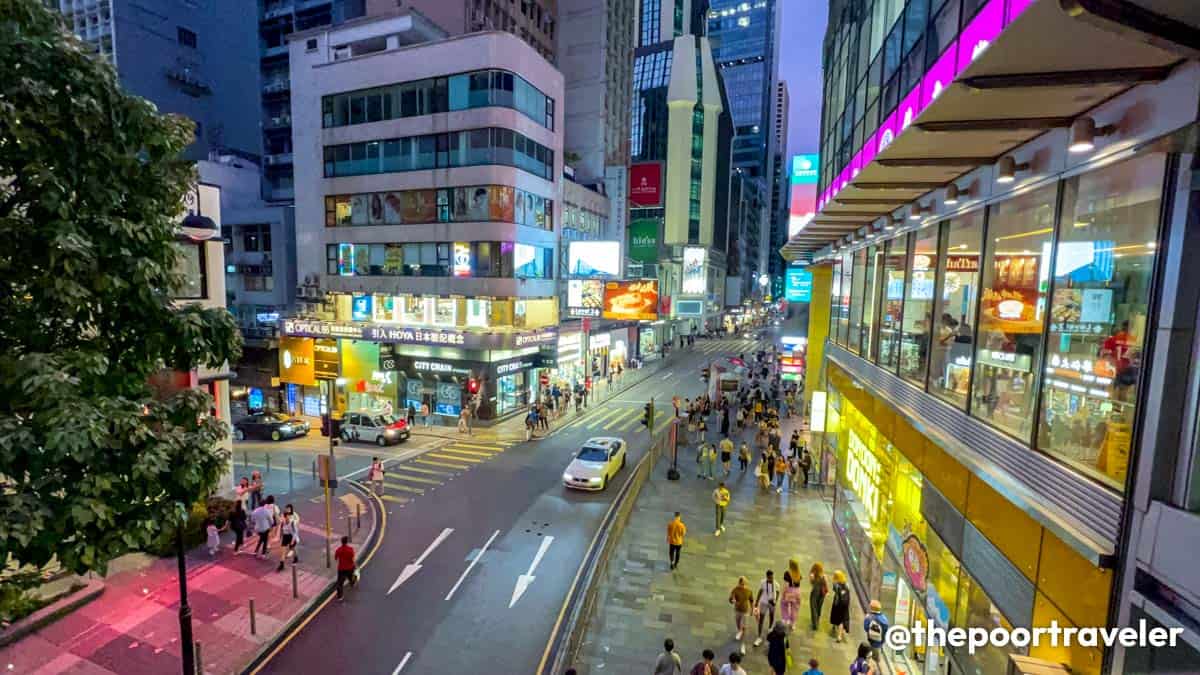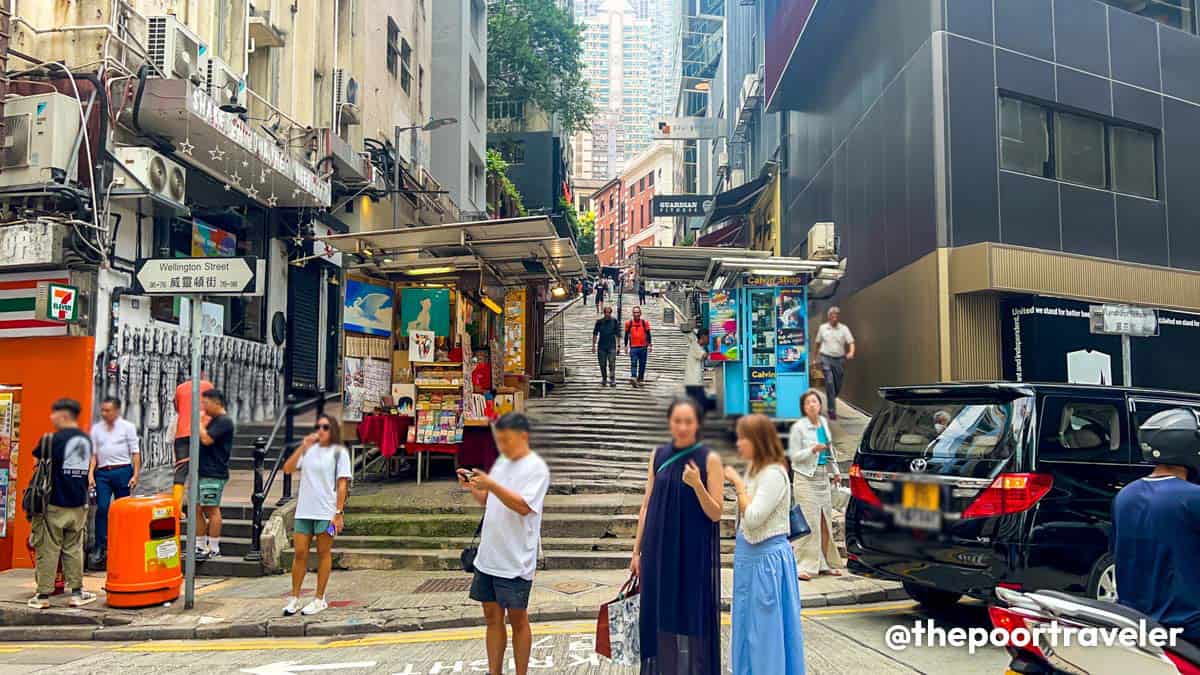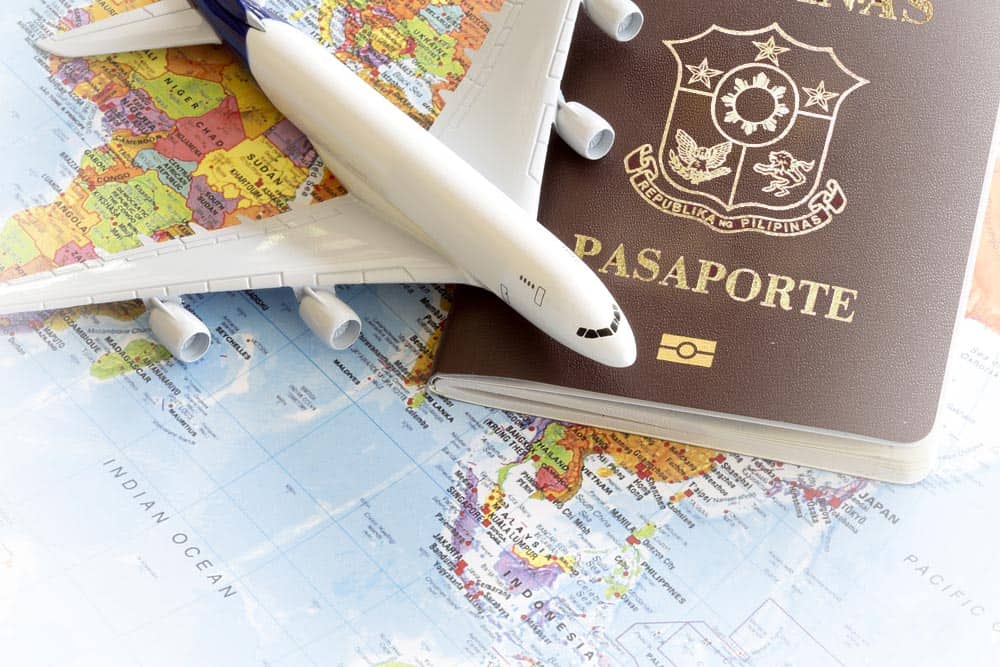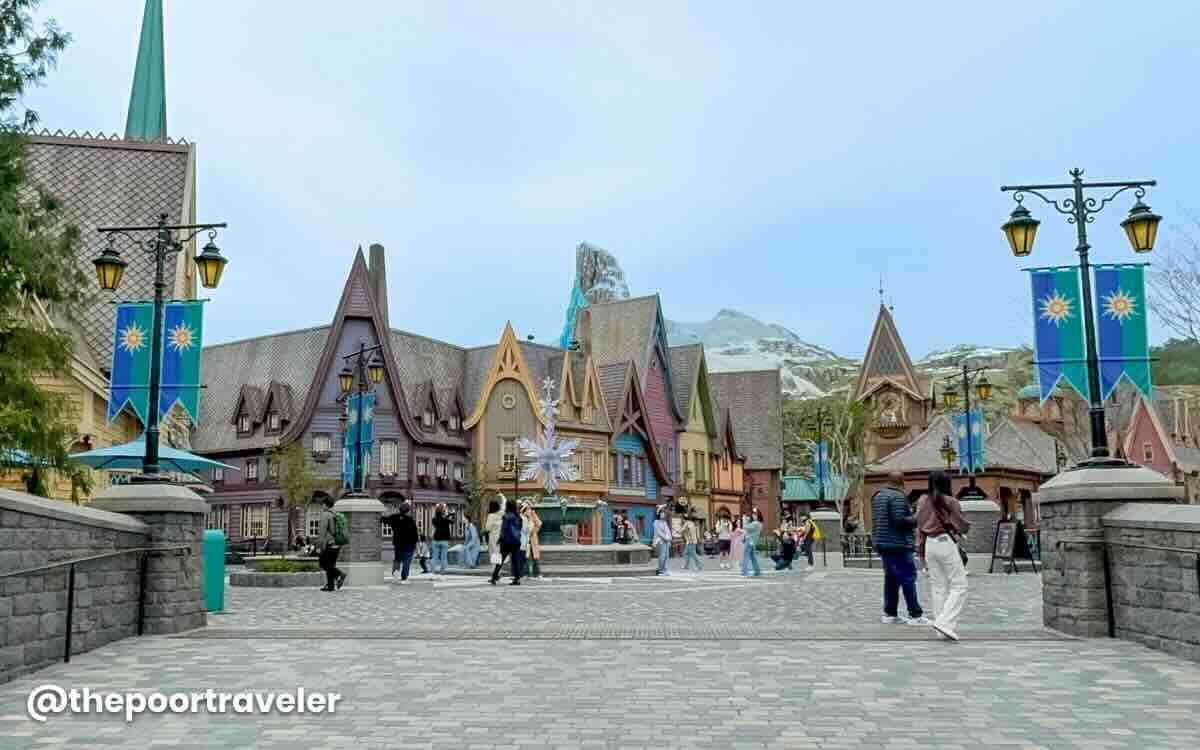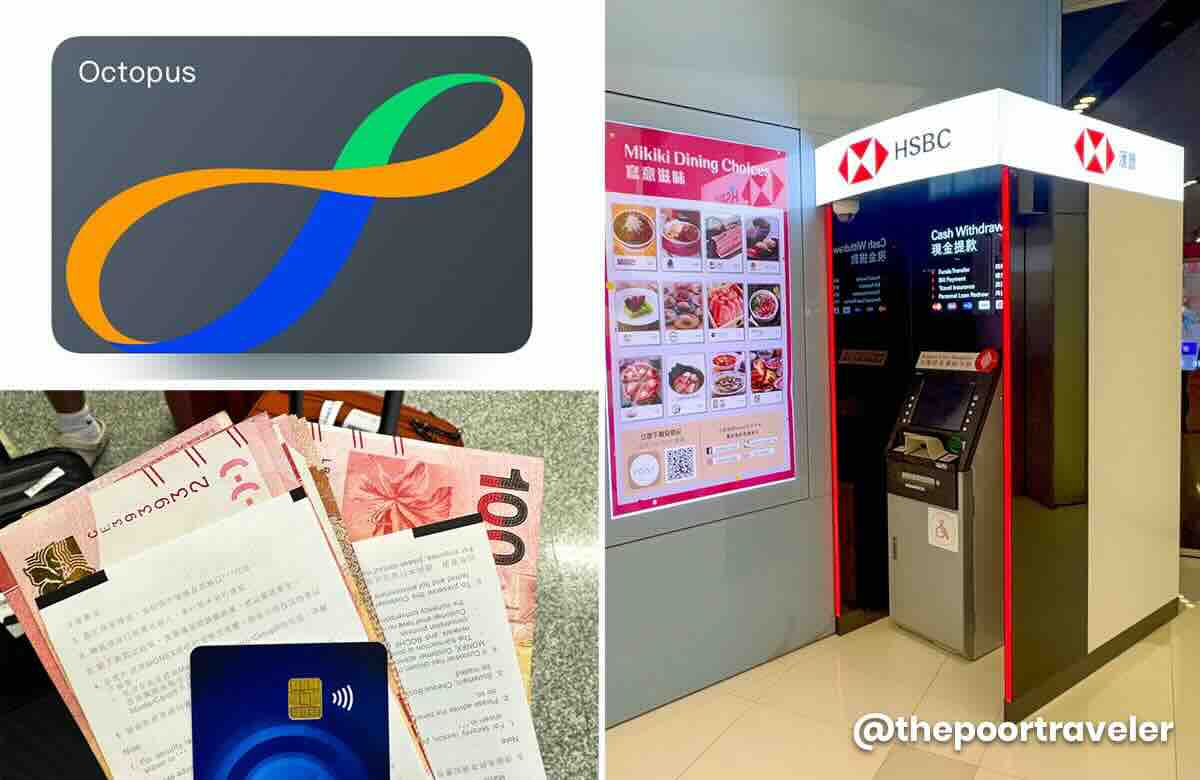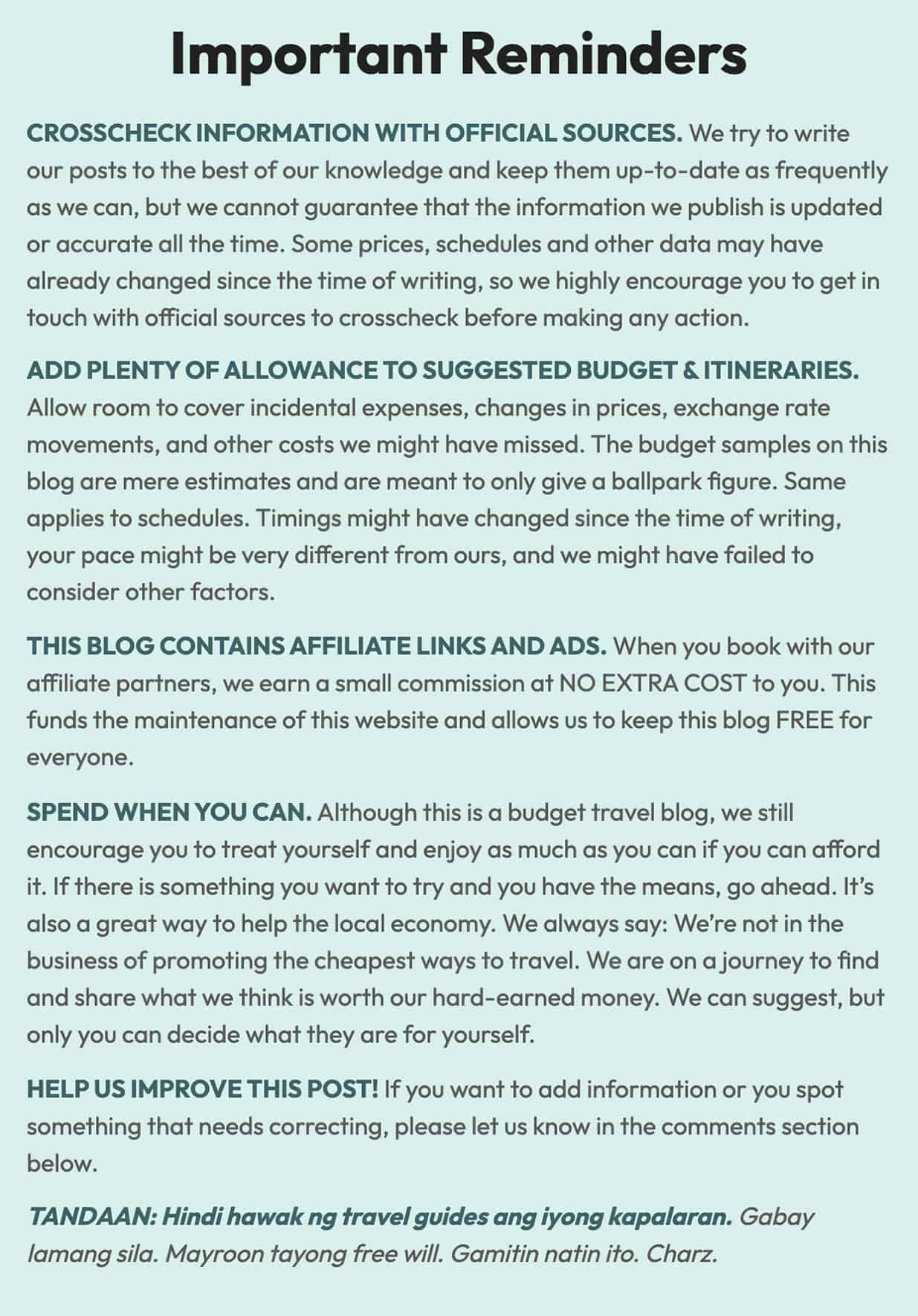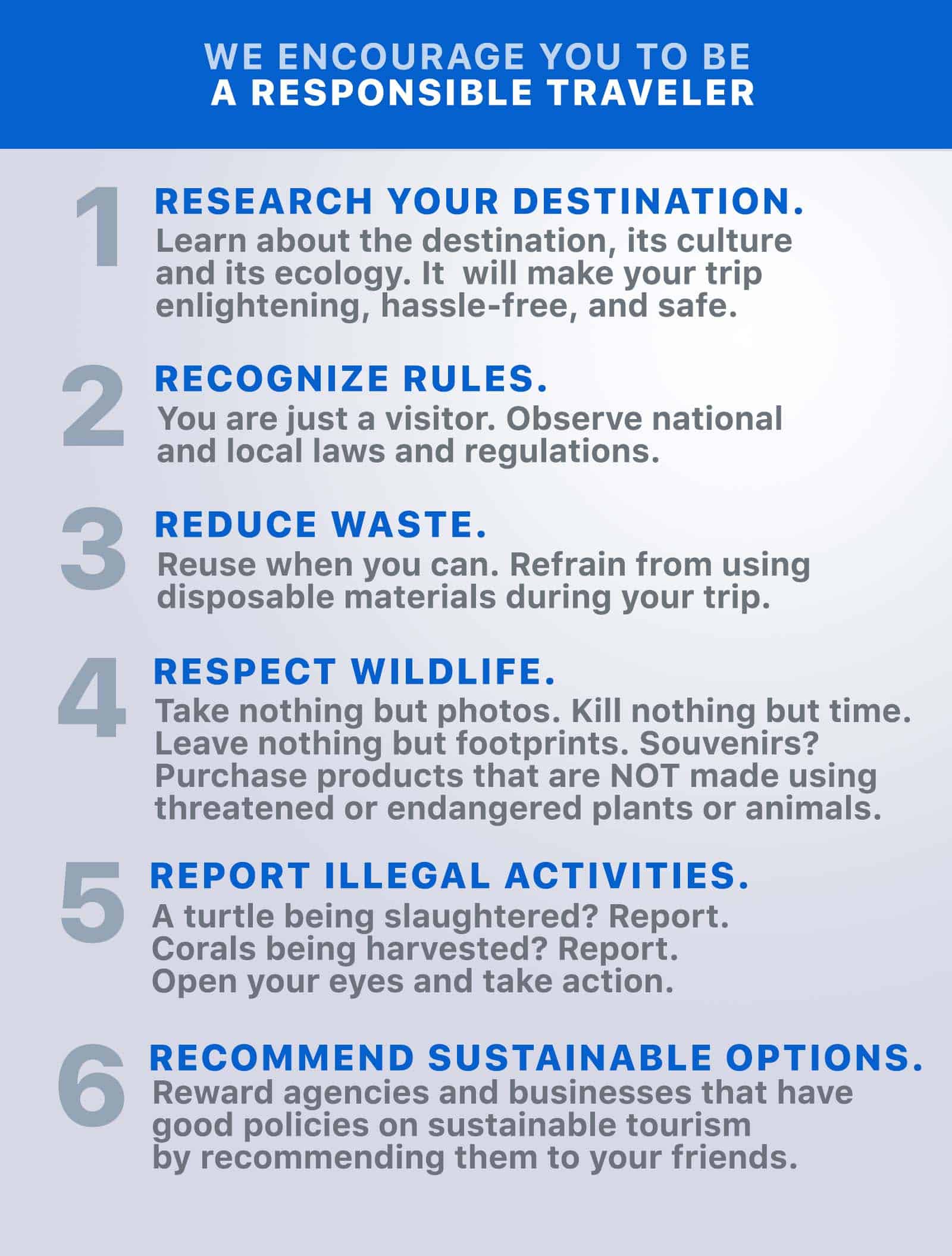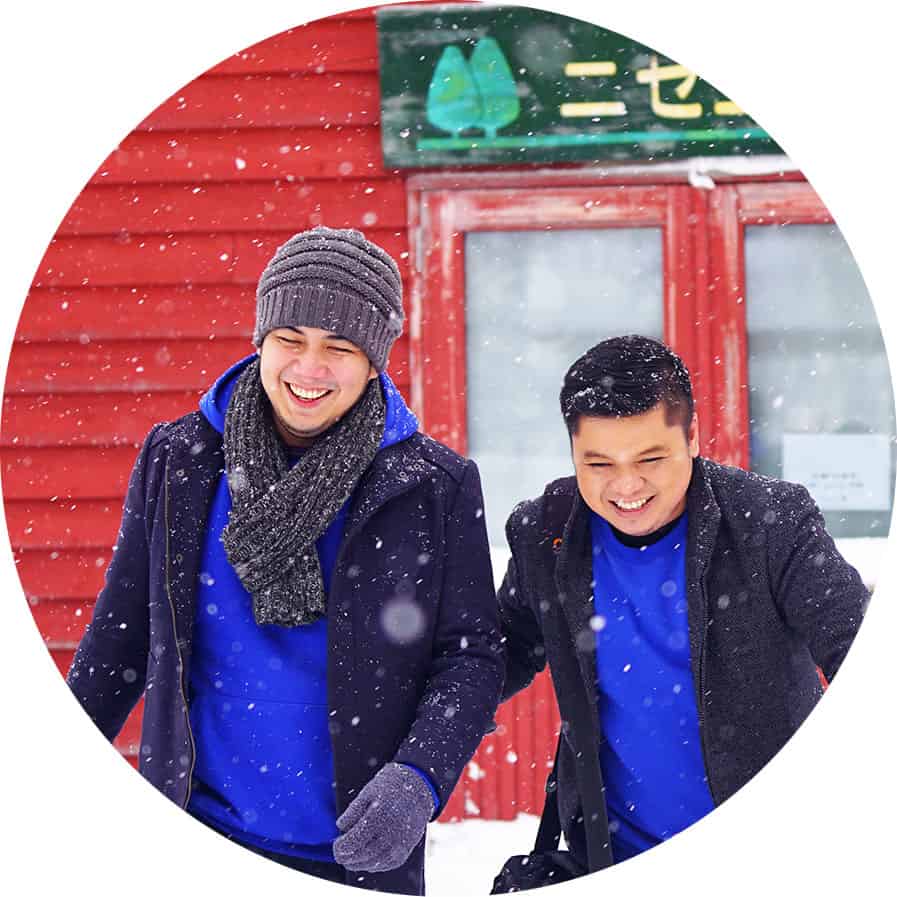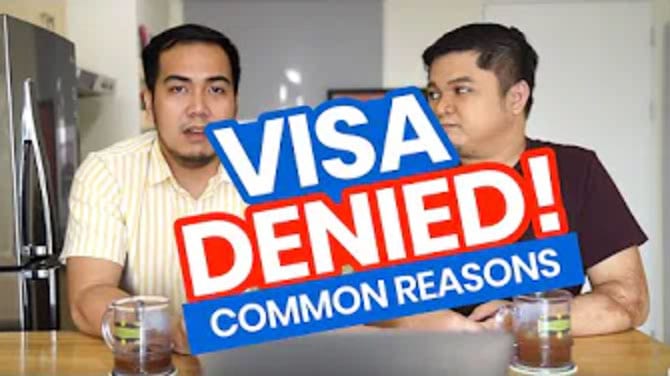Hong Kong is one of the most visited destinations for Pinoy tourists. It’s even the first-time international destination for many. Its accessibility is a huge reason since it’s only around two and a half hours away. There’s also no visa requirement in Hong Kong for Filipinos.
You’ll find a lot of things to do that you can include in your itinerary to make an incredible trip. Some of the most popular places to visit in Hong Kong are Mong Kok, Victoria Peak, and of course, Hong Kong Disneyland. You can even do a side trip to Macau!
We can all agree that every trip requires planning. While no trip is ever completely perfect, being prepared — especially if it’s your first time — can help things go more smoothly. Our team has been to Hong Kong several times, but on one of our recent trips, we were stopped by the police. They searched all our belongings, but it’s a good thing we’re prepared. What should you do in this situation? We’ll tell you more about that and other tips, including mistakes to avoid.
WAIT, WAIT, WAIT! If your are traveling soon and still on the planning stage, you can also visit our The Poor Traveler Masterlist. Here, we compiled travel essentials, including immigration requirements and all our recommended hotels and tours. Just visit this page: TPT Masterlist. We have a compilation for destinations around the world.
Hong Kong Travel Mistakes
1. Underestimating Hong Kong prices.
It’s true that Hong Kong can be pretty pricey, especially in terms of dining and accommodations. Even with its charm, the cost of living here has definitely increased over the years, making it one of the most expensive cities globally. Even we were shocked about this. We’ve been to Hong Kong multiple times before the pandemic, and as far as we can remember, it’s not that expensive. But on our last visit, we noticed how prices have skyrocketed, especially for hotels and restaurants.
- Meals. To give you an idea and to make a comparison easily, let’s do the Big Mac test. Big Mac alone costs around HKD 28 (P200), but if you go for a full meal with fries and drink, it jumps to HKD 46 (P325). Meanwhile, their 2-piece chicken with fries and drink costs HKD 51.50 (P365).
- Drinks/Beverages. Drinks aren’t cheap either. At a convenience store, a bottle of soda will cost around HKD 10.50 (P75), while a can of soda is slightly cheaper at HKD 8.50 (P60). As for bottled water, it can be anywhere from HKD 9-10 (P60-70), so be prepared to pay for hydration!
- Accommodations. Mid-range hotels in the city center can go as high as P5000 per night, while budget options start from P3000 but tend to be farther from central attractions. If you’re staying closer to the city center, be ready for a more premium price tag, especially during peak travel seasons.
- Attractions. If you plan to visit Disneyland, the basic entrance fee ranges from P4250 to P6066 per person, depending on the day and whether there are any promotions. Availing add-ons like early access would require a separate fee on top of the entrance fee.
NOTE: The HKD to PHP exchange rate used for this post is based on data from June 2025.
2. Picking the wrong area to stay.
Hong Kong’s geography is unique and somewhat complicated. Attractions are spread out across different districts and even separate islands, so choosing the right place to stay is crucial. Picking a hotel in the right area can save you both time and money on transportation, making your trip much more convenient.
- Lantau Island Area. If your itinerary focuses on Disneyland, Ngong Ping 360 Cable Car, or a day trip to Macau, it’s best to stay in Tung Chung or Hong Kong SkyCity. These areas provide easy access to Lantau Island’s major attractions, and many hotels offer free shuttle services to the airport and MTR stations. Staying in the city center, on the other hand, means longer commutes, which can be costly and time-consuming.
- Shopping and Food Hubs. For those who love shopping and exploring night markets, Mong Kok is a great option. It’s home to some of Hong Kong’s most popular street markets, such as the Ladies Market and Sneaker Street. If food is a big part of your travel experience, Central and Sheung Wan are excellent choices. These areas are packed with authentic Hong Kong restaurants, local diners, and trendy cafés.
- Affordable Accommodations. For budget-conscious travelers, Tsim Sha Tsui (TST) is worth considering. This district offers a mix of affordable and mid-range hotels while keeping you close to major attractions like the Avenue of Stars, Victoria Harbour, and Harbour City Mall.
The best area to stay really depends on your itinerary, but you can check out our WHERE TO STAY IN HONG KONG article for a more in-depth explanation.
For quick reference and recommendations, here are some of the top accommodations in Hong Kong based on online user reviews.
- iClub Sheung Wan Hotel, Hong Kong Island. Check Rates & Availability! ✅
- Ibis Hong Kong Central & Sheung Wan Hotel, Hong Kong Island. Check Rates & Availability! ✅
- Mini Central, Hong Kong Island. Check Rates & Availability! ✅
- B P International, Kowloon. Check Rates & Availability! ✅
- Stanford Hillview Hotel, Kowloon. Check Rates & Availability! ✅
- Metropark Hotel Mongkok, Kowloon. Check Rates & Availability! ✅
- Dorsett Mongkok Hong Kong, Kowloon. Check Rates & Availability! ✅
- Novotel Citygate Hong Kong Hotel, New Territories. Check Rates & Availability! ✅
- Four Points By Sheraton Hong Kong Tung Chung, New Territories. Check Rates & Availability! ✅
- Regal Airport Hotel, New Territories. Check Rates & Availability! ✅
Search for more Hong Kong Hotels!
3. Expecting spacious rooms in the city center.
Hong Kong’s most urbanized areas — Kowloon Peninsula and Central on Hong Kong Island — are known for their limited space. Hotel rooms in these districts tend to be small and compact, with very little extra room to move around. While some hotels maximize their layouts with clever designs, most accommodations, especially budget guesthouses in places like Mirador Mansions or Chung King Mansion, can feel extremely cramped. In many cases, there isn’t even enough room to properly store luggage.
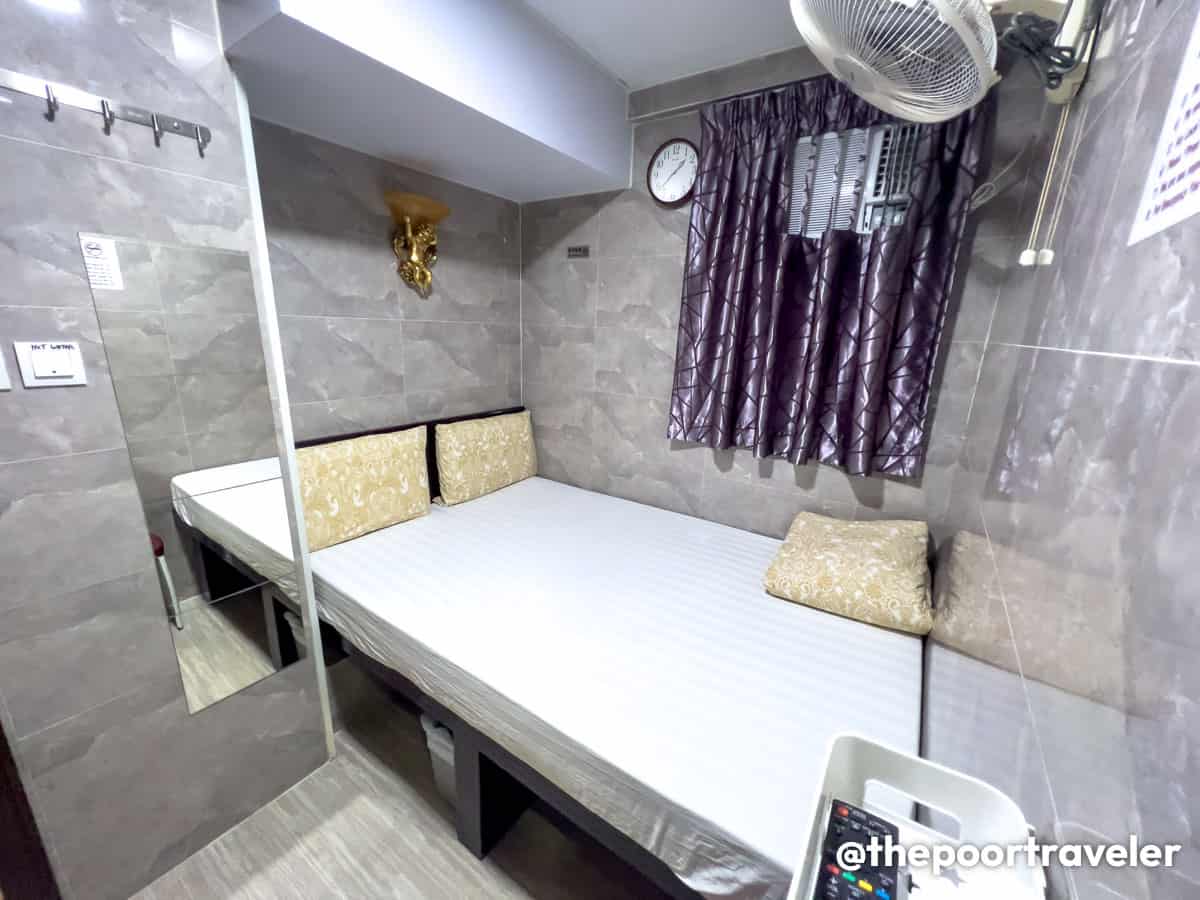
If having more space is a priority, consider staying in other districts. The farther you go from the city center, the more spacious and affordable the accommodations tend to be. For example, while hotel rooms in Central are often quite small, nearby areas like Sheung Wan and Causeway Bay offer larger rooms at lower prices, providing a better balance between comfort and convenience.
4. Dismissing Central’s hilly terrain.
While Tsim Sha Tsui and Mong Kok are relatively flat, Central is more hilly, with many areas featuring steep inclines and stairs. This is why it’s home to the world’s longest outdoor covered escalator system — the Central Mid-level Escalators. However, not all areas have escalators, so getting around often involves uphill walks and numerous steps.
This can be challenging if you’re traveling with seniors or those with mobility issues, as walking in Central can be more physically demanding. A good example is the route from Central Station to the Peak Tram, the starting point for Victoria Peak, which involves an uphill trek. Even when a destination seems close on the map, it’s often best to take public transportation to save energy and avoid unnecessary strain.
5. Leaving your passport at the hotel.
Some travelers prefer to leave their passports at the hotel, fearing they might get lost or damaged, especially in bad weather. However, in most countries, it’s best practice to carry your passport when you’re out. In Hong Kong, it’s especially important.
Stop-and-search procedures are common in Hong Kong, where police officers may approach individuals and request identification. For foreigners, this means presenting a passport. According to the official Hong Kong Police website, Section 17C states: “A police officer has power to inspect the proof of identity of any person. Any person who fails to produce this for inspection as required by the law will commit an offense.”
We’ve seen this firsthand while walking in Central, and we also experienced it ourselves. While at Tung Chung Station, returning from Disneyland, four police officers stopped us and asked for our passports. One officer entered our information into a device, two thoroughly searched our bags, and another questioned us about our purpose in the area, where we were from, and where we were headed. One of them was polite and even apologetic once it became clear we were just tourists.
To avoid any issues, always carry your passport while exploring Hong Kong. If you’re worried about it getting wet, store it in a waterproof case for protection.
6. Ignoring the weather.
Hong Kong is one of those destinations where the weather can significantly impact your experience. While this is true for many places, it’s especially noticeable here. Take Victoria Peak, for example. The panoramic view from the top is absolutely stunning on a clear day, making the tram ride up well worth it. However, on foggy days, you might see nothing but a wall of white, which can be disappointing if you came for the skyline. Although there are other attractions at the Peak, the main draw is the breathtaking view, and bad weather can completely change that.
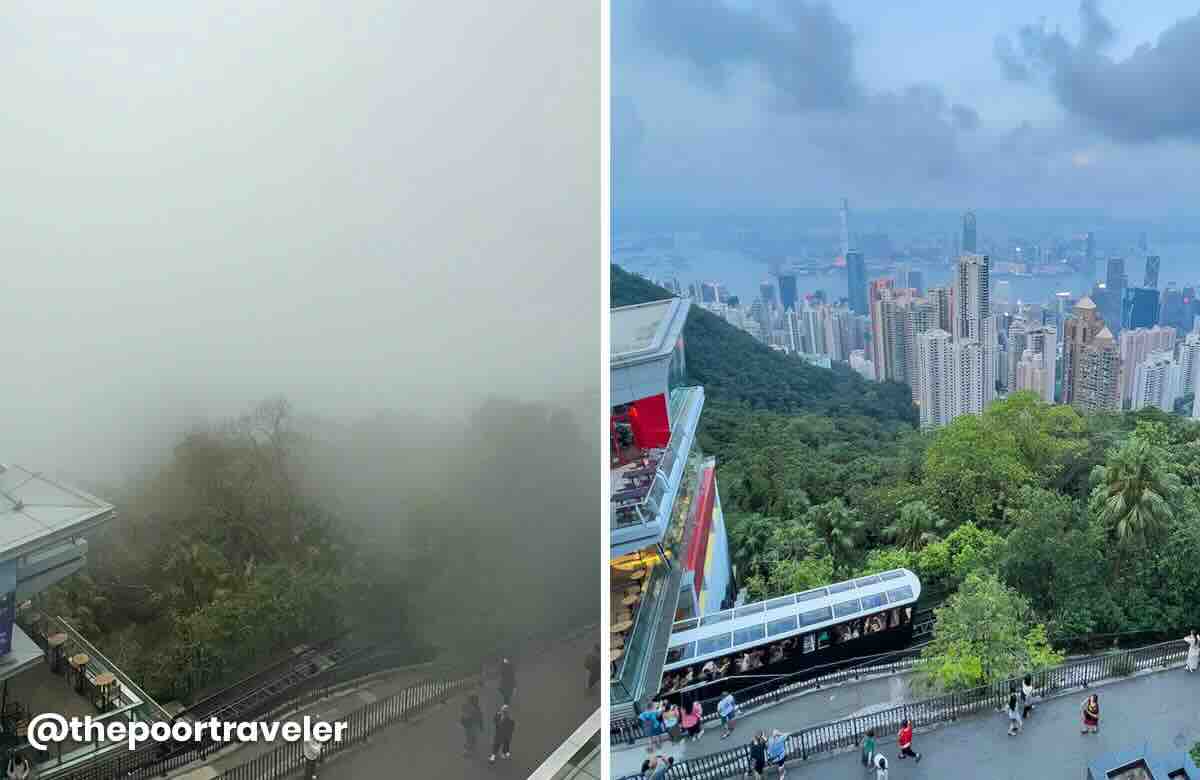
The same goes for Disneyland. We’ve visited four times under different conditions — sunny, cloudy, and rainy — and the experience varies dramatically. While you can still enjoy the park in the rain, it’s not quite the same as a bright, sunny day when everything feels more magical.
To make the most of your trip, we recommend keeping your itinerary flexible. That way, if the weather doesn’t cooperate, you can adjust your plans and save weather-dependent attractions for a better day.
7. Forgetting to bring cash and get Octopus Card.
Hong Kong is rapidly transitioning into a cashless city, and the most useful tool for travelers here is the Octopus Card. It’s incredibly convenient. You can use it for MTR trains, buses, convenience stores, and even in many other establishments. There’s also a mobile version available through an app, but having a physical card is still the better option since it won’t run out of battery like your phone might.
But, it’s still important to carry some cash. Many smaller shops and local eateries operate on a cash-only basis. Plus, as with any electronic system, technical issues can sometimes occur, and it’s always good to have a backup. If your Octopus Card runs out of credit, keep in mind that some top-up locations only accept cash, so having some Hong Kong dollars on hand will ensure you don’t get stuck.
Have Peace of Mind While Traveling!
Getting a travel insurance is optional, but we highly recommend this, especially when traveling abroad. Travel can be unpredictable, and though we hope we’ll never use it, having it gives us peace of mind in case of unexpected delays, cancellations, or emergencies.
For international destinations, consider PGA Sompo’s TravelJOY Plus insurance. You can GET IT HERE. Don’t forget to use WORTHIT for a special affordable rate.
Updates Log
2025 6 5 – First uploaded
Written by: Yosh Dimen and Mariah Cruz
Photos by: Yosh Dimen
Edited by: Asta Alvarez


